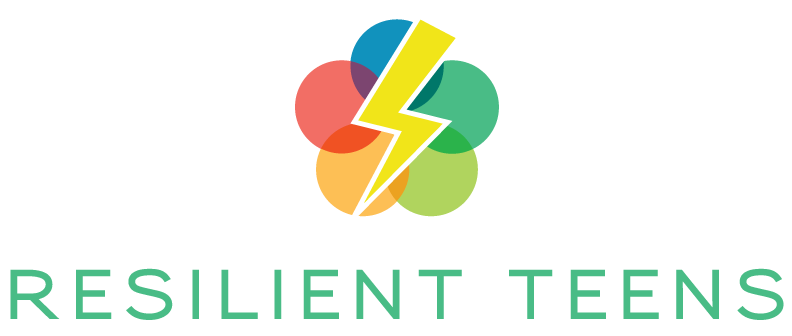With the mandatory years of schooling coming to an end, you might be wondering: what’s next? Moving forward without a solid plan can feel overwhelming, but there’s a wide range of opportunities out there. Whether you want to continue your education, explore new interests, or dive into the workforce, here are some paths to consider:
1. Attend a 4-Year University
- The Traditional Approach: Earn a Bachelor’s degree over four years.
- Requirements: A high school diploma or GED, and ACT or SAT scores are usually needed.
- This option offers a classic college experience and a chance to explore different fields while working toward a degree.
2. Enroll in Community College
- Duration: Typically two years to earn an Associate’s degree.
- Requirements: A high school diploma or GED.
- Flexibility: You can transfer into a 4-year university afterward to pursue a Bachelor’s degree.
- Cost: Generally less expensive than traditional universities, making it a more budget-friendly choice.
3. Explore Trade School
- Also Known As: Vocational or technical school.
- Focus: Learn specialized skills for specific careers, like becoming a cosmetologist, chef, certified nursing assistant, welder, and more.
- Outcome: Earn a diploma or certificate after completing the program.
- Job Prospects: Many high-demand jobs are within the trades, offering stability and good earning potential.
4. Consider the U.S. Military
- Opportunities: Offers job training, benefits, travel experiences, and a steady salary.
- Commitment: Requires a certain number of years of service.
- Branches: Navy, Army, Air Force, Coast Guard, and Marine Corps, each with different areas of focus and career options.
5. Take a Gap Year
- Purpose: A chance to explore your interests before committing to college or a career path.
- Programs: There are many structured gap year programs that provide diverse experiences like:
- Research mentorships
- Global career-building
- Environmental restoration
- Leadership training
- Cultural immersion
- Options: Some programs are paid, while others offer room and board in exchange for volunteer work.
6. Join Job Corps
- What It Is: A free federal program for people ages 16-24 who meet eligibility requirements, such as low-income status.
- Benefits: Offers the opportunity to earn a high school diploma or equivalent, gain college credits, and learn technical skills in specific areas.
- Support: Provides room and board, basic health care, a living allowance, and transitional help like job search assistance, childcare, and transportation after program completion.
7. Go Straight to Work
- Opportunities: There are many jobs available to recent high school graduates in fields such as:
- Media and communication equipment
- The postal service
- Transportation
- Training: Some of these roles may require an apprenticeship first, providing on-the-job training.
Not Sure Yet? That’s Okay!
If you’re still feeling uncertain about what path to take, consider talking with a school counselor or a vocational counselor. They have access to assessment tools that can help you discover your strengths and interests. These professionals can guide you through career path research and help you figure out what might be the best fit for your future.
No matter which option you choose, remember that this is just the beginning of your journey. Take your time to explore what’s out there and find the path that’s right for you!
For more information and resources click the link below:
https://together.stjude.org/en-us/teensand20s/adulting-with-cancer/life-after-high-school.html

